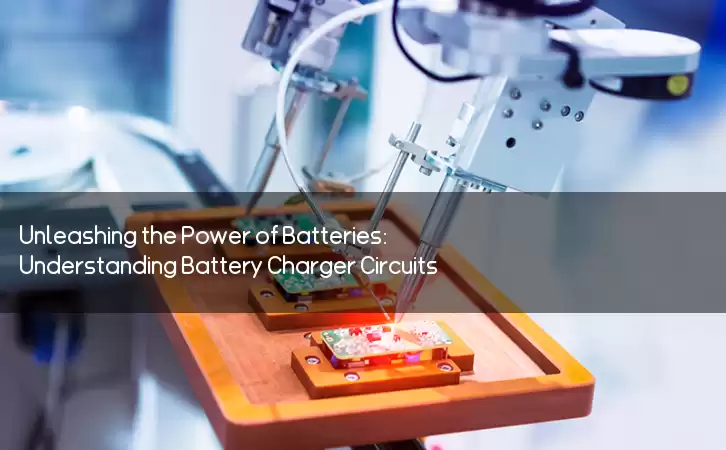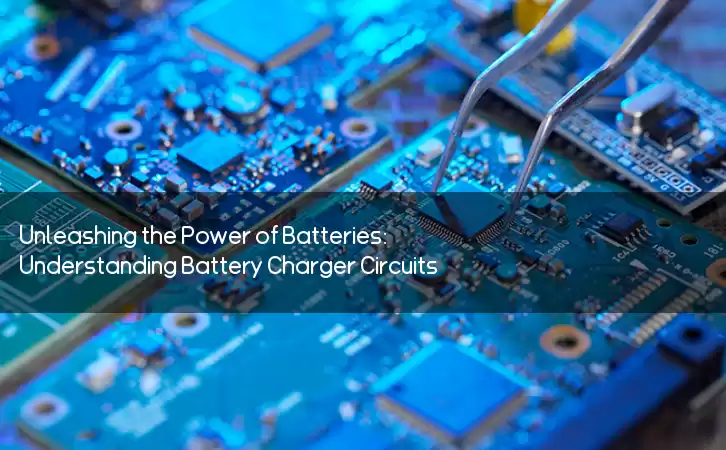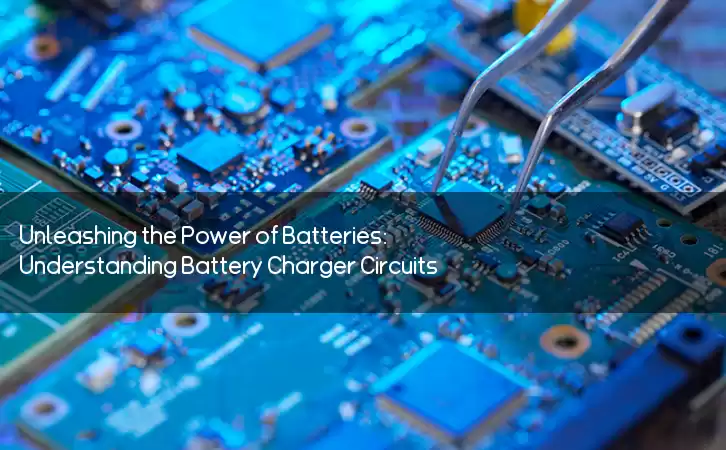Information Center
Unleashing the Power of Batteries: Understanding Battery Charger Circuits
Published:2023-06-11 20:35:36 Author:Green WCND Views:52Battery Charger Circuit: An Introduction

A battery charger is an essential device that is used to recharge batteries, making it possible to use them repeatedly. These days, we use batteries for everything, from powering our cell phones, laptops, and other portable electronic devices, to running emergency backup systems, vehicles, and even airplanes. The significance of a battery charger circuit can be seen in the fact that it allows us to use these devices without worrying about running out of power.

In this article, we’ll take a closer look at what a battery charger circuit actually is and how it works.

What is a Battery Charger Circuit?
A battery charger circuit is an electronic device that charges batteries by providing the right amount and type of electrical energy. The circuit analyzes the battery status and determines the appropriate charging voltage and current needed to recharge it. The charger circuit is connected to an AC or DC power source, and it’s designed to transfer electrical power to the battery via the charging connector.
Types of Battery Charger Circuits
The type of battery charger circuit you use depends on the kind of battery you’re trying to charge, as well as its capacity, age, temperature, and other factors. Generally, there are three types of battery charger circuits: linear, switched, and pulse.
1. Linear Battery Charger Circuit
A linear battery charger circuit is the simplest type of charger, and it’s commonly used for charging small batteries such as those found in cell phones, cameras, and other small devices. The circuit operates by continuously supplying a constant current to the battery until it’s fully charged. Linear battery charger circuits are relatively easy to design and produce, but they have some drawbacks, including their low efficiency and their tendency to waste energy as heat.
2. Switched Battery Charger Circuit
A switched battery charger circuit, also known as a switch-mode charger, is a more complex circuit that delivers a higher charging current to the battery. This type of circuit is more efficient and can charge batteries faster than a linear circuit. A switched charger is commonly used for charging batteries in larger devices, such as electric vehicles, power tools, and backup systems.
3. Pulse Battery Charger Circuit
A pulse battery charger circuit is a more advanced charger that uses a series of high-frequency pulses to charge the battery. These circuits are typically designed for charging lead-acid batteries and can help extend the life of the battery while charging it faster and more efficiently.
How to Design a Battery Charger Circuit
Designing a battery charger circuit requires knowledge of electronic components and circuit design. The circuit designer must consider the properties of the battery being charged, such as its voltage, current requirements, and charging time. In addition, the designer must take into account other factors that can affect the charging process, such as temperature, environment, and external interference.
The basic components of a battery charger circuit include a voltage regulator, a rectifier, a current limiter, and a charging IC. The circuit designer must select the right type of components and configure these components in a way that will deliver the required charging voltage and current to the battery.
In conclusion, a battery charger circuit is an essential device that allows us to use batteries repeatedly and without worry of running out of power. The type of charger circuit you use depends on the kind of battery you’re charging, and the efficiency and speed you desire. Designing a battery charger circuit requires an understanding of electronic components and circuit design. With the right circuit design, you can ensure that your batteries are always ready to go when you need them.
Power Adapter Design and Customization Guide for Portable Electric KettlesI. Common Design Types for Portable Electric Kettle Power AdaptersPortable electric ke···
I. Common Design Types of Power Adapters External Independent Type (Most Common) Design: A standalone adapter (e.g., "black brick") connected to the p···
Handheld Vacuum Cleaner Power Adapter Selection GuideIntroductionHandheld vacuum cleaners have become a mainstream tool for household cleaning due to their port···
Drill Power Adapter Selection Guide.drill-container { font-family: Arial, sans-serif; line-height: 1.6; max-width: 800px; margin: 0 auto; padding: 20px; } .dril···





